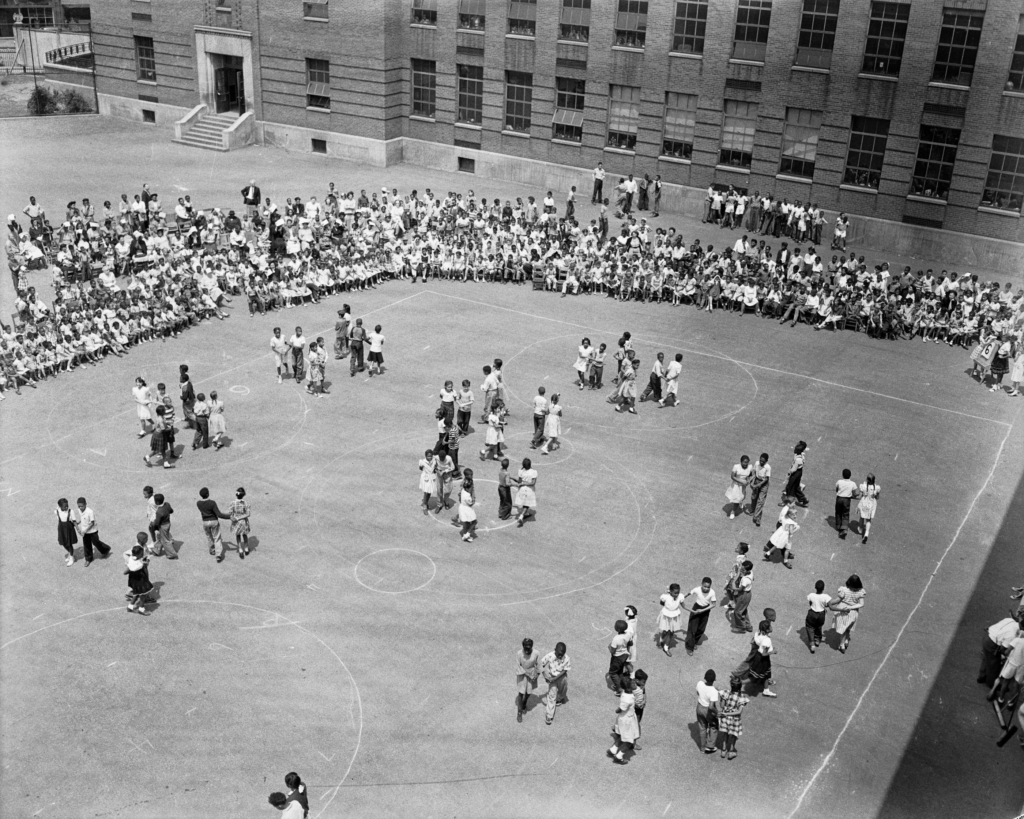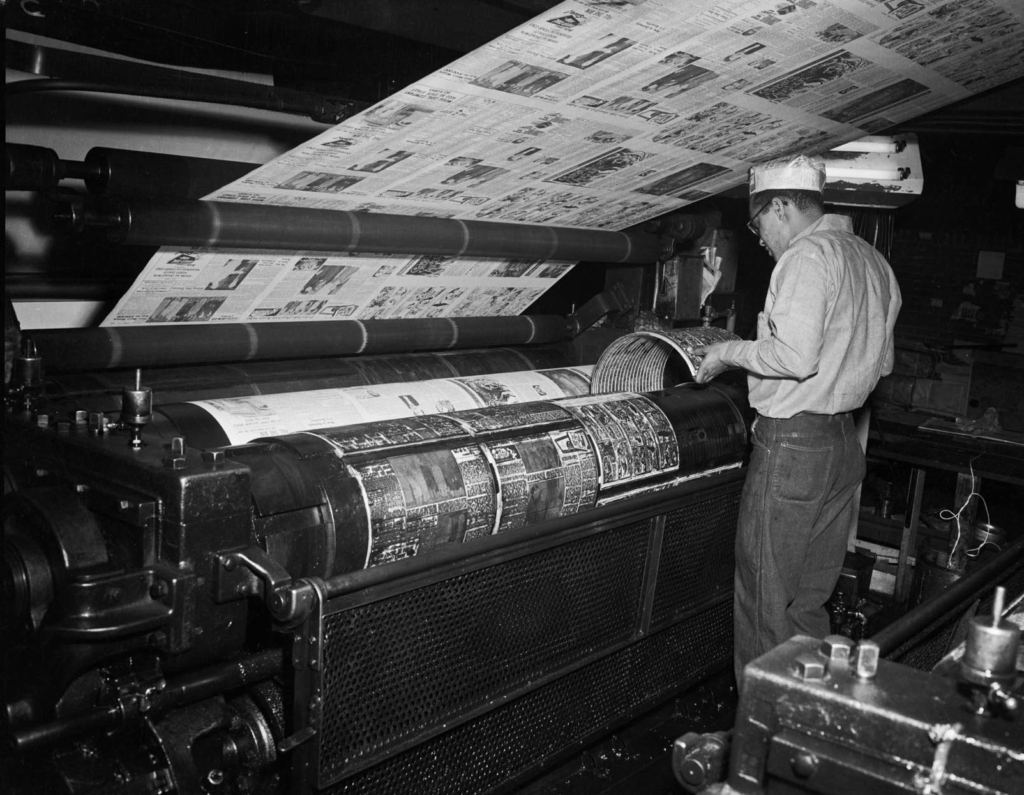Photojournalism is work and it is livelihood, it is craft and it is documentation, it is a way to be in the world and to share the world, it is a way to resist oppression while insisting on the fullness of life.
Black Photojournalism presents work by more than 40 photographers chronicling historic events and daily life in the United States from the conclusion of World War II in 1945 to the presidential campaigns of 1984, including the civil rights movements through the 1950s, 60s, and 70s. Drawn from archives and collections in the care of journalists, libraries, museums, newspapers, photographers, and universities, the original work prints in the exhibition were circulated and reviewed in publishing offices before anything went to print. Each one represents the energy of many dedicated individuals who worked to get out the news every single day. One picture leads to another, making visible multiple experiences of history while proposing ways of understanding today as tomorrow is being created.
Responding to a dearth of stories about Black lives told from the perspectives of Black people, Black publishers and their staff created groundbreaking editorial and photojournalistic methods and news networks. During a period of urgent social change and civil rights advocacy, newspapers and magazines, including the Afro American News, Atlanta Daily World, Pittsburgh Courier, Chicago Defender, and Ebony, transformed how people were able to access seeing themselves and their communities. Their impact on the media landscape continues into the digital present.
The exhibition, designed by artist David Hartt, is co-organized by Dan Leers, curator of photography, and Charlene Foggie-Barnett, Charles “Teenie” Harris community archivist, in dialogue with an expanded network of scholars, archivists, curators, and historians.










